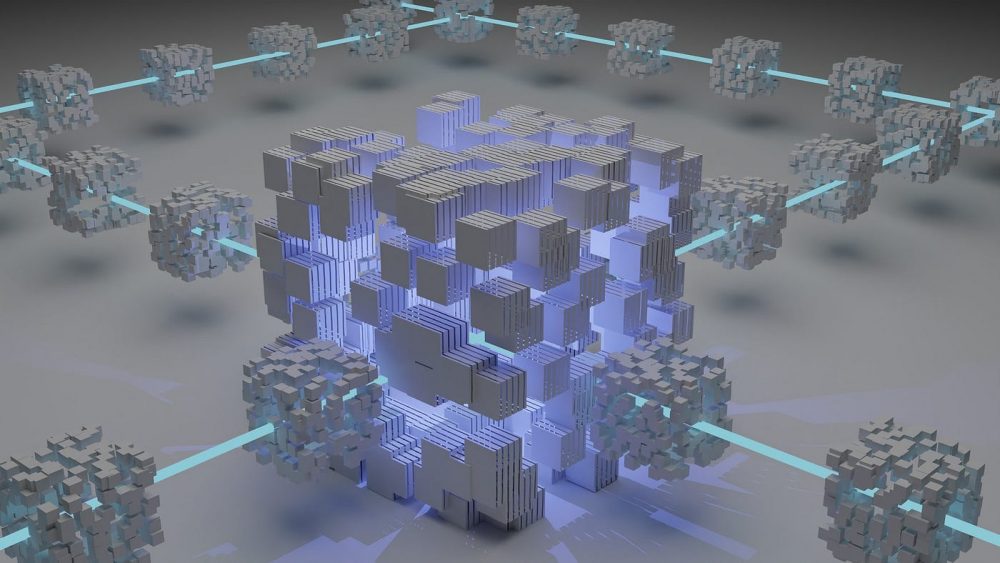Layer 2 blockchain solutions are protocols that run on them in addition to the solutions on Layer 1. The main purpose of these protocols is to solve the transaction speed and scaling challenges faced by large cryptocurrency networks.
Layer 2 (Layer 2) Blockchain Solutions
Layer 2 solutions run on an existing blockchain. Here, L2 is a thoughtful solution to reduce the load on a single blockchain by incorporating a similar architecture. The original blockchain basically relies on secondary networks running parallel to the main chain. Bitcoin’s Lightning Network is one of the leading examples of L2.
Layer 2’s scalability solutions consist of State Channels, Sidechain and Nested Blockchains. In this context, the term “layer 2” refers to multiple proposed solutions to the blockchain scalability problem. Two notable examples of Layer 2 solutions are Bitcoin Lightning Network and Ethereum Plasma. Despite having their own working mechanisms and features, both solutions try to bring more efficiency to blockchain systems.

Sidechains are separate networks with their own validators adjacent to transaction chains. This indicates that the main chain’s bridge smart contract does not independently verify the legitimacy of the sidechain network. All in all, it should be trusted that it works well, as the sidechain has the ability to manage assets on the main chain. Also, despite any security breach on the sidechain, the main chain remains unaffected.
Nested Blockchains are quite different in that they run inside the main chain, not on top of it. Nested blockchain architecture usually consists of blockchains that set the rules for a larger network and executions take place in an interconnected network of subchains. The main chain can serve as the foundation for several layers of Blockchain, each utilizing a sublink.
The next is State Channels. It should be noted that this creates a two-way communication medium for trading entities. This often includes blockchain and off-chain transaction channels. The transaction speed and capacity of the crypto network take a hit in this case.
A State Channel is not subject to Layer 1 network node authentication. Conversely, it acts as a close-to-the-network resource locked using the multi-signature or smart contract method. It works by sending the final state of a state channel and associated transitions to the underlying Blockchain after a transaction or batch is complete.

What is Layer 1 Blockchain?
Layer 1 refers to an underlying network and underlying infrastructure such as Bitcoin, BNB Chain, or Ethereum. Layer 1 blockchains can verify and finalize transactions without the need for another network. As we saw with Bitcoin, it is difficult to make configurations in the scalability of Tier-1 networks. As a solution, developers create layer 2 protocols based on a layer 1 network for security and consensus. Bitcoin’s Lightning Network is an example of the Layer-2 protocol. It allows users to move their steals before main chain storage.
A common problem with Layer 1 networks is that they cannot scale. Bitcoin and other major blockchains struggle to process transactions in times of increased demand. Bitcoin uses the Proof of Work (PoW) consensus mechanism, which requires a lot of computational resources.
While PoW provides decentralization and security, PoW networks also tend to slow down when the throughput is too high. This increases transaction confirmation times and makes fees more expensive.
Blockchain developers have been working on scalability solutions for many years, but there is still a lot of debate about the best alternatives. Some options for tier-1 scaling include:
- The increased block size allows for more transactions per block.
- Changing the consensus mechanism used, such as the upcoming Ethereum 2.0 update.
- Implementation of fragmentation. Some kind of database partitioning.
Significant work is required to implement Layer 1 improvements. In most cases, not all network users will accept the change. This could lead to community splits and even a hard fork, as happened with Bitcoin and Bitcoin Cash in 2017.



